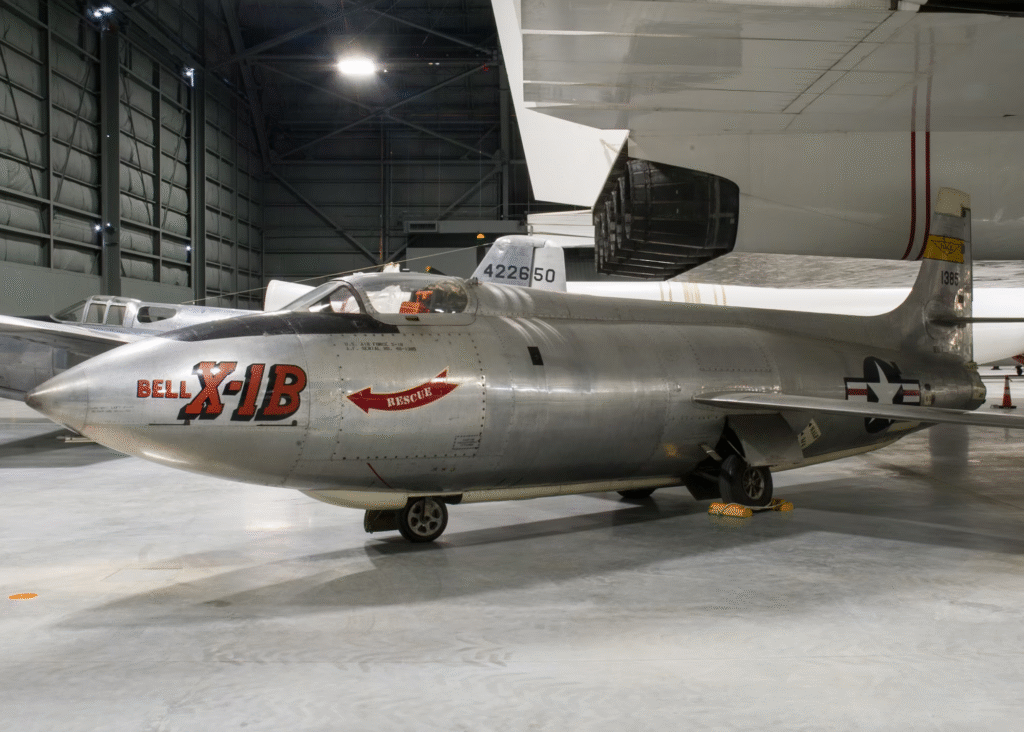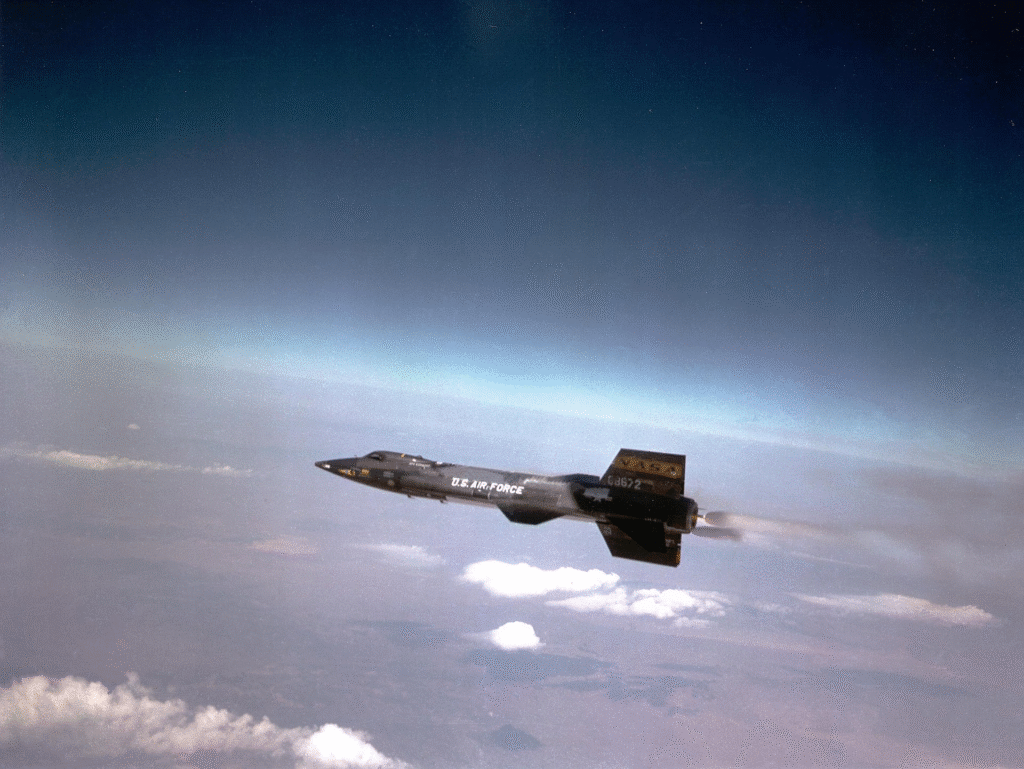
Speed has long been a key to warfare, but few periods in history showed it as prominently as the Cold War. For almost half a century following World War II, the Soviet Union and the United States existed in a never-ending battle of technology. It wasn’t necessarily a question of who could travel the fastest, though that was a big part of it—it was about surviving, strategically controlling, and preparing to attack or defend at an instant’s notice.
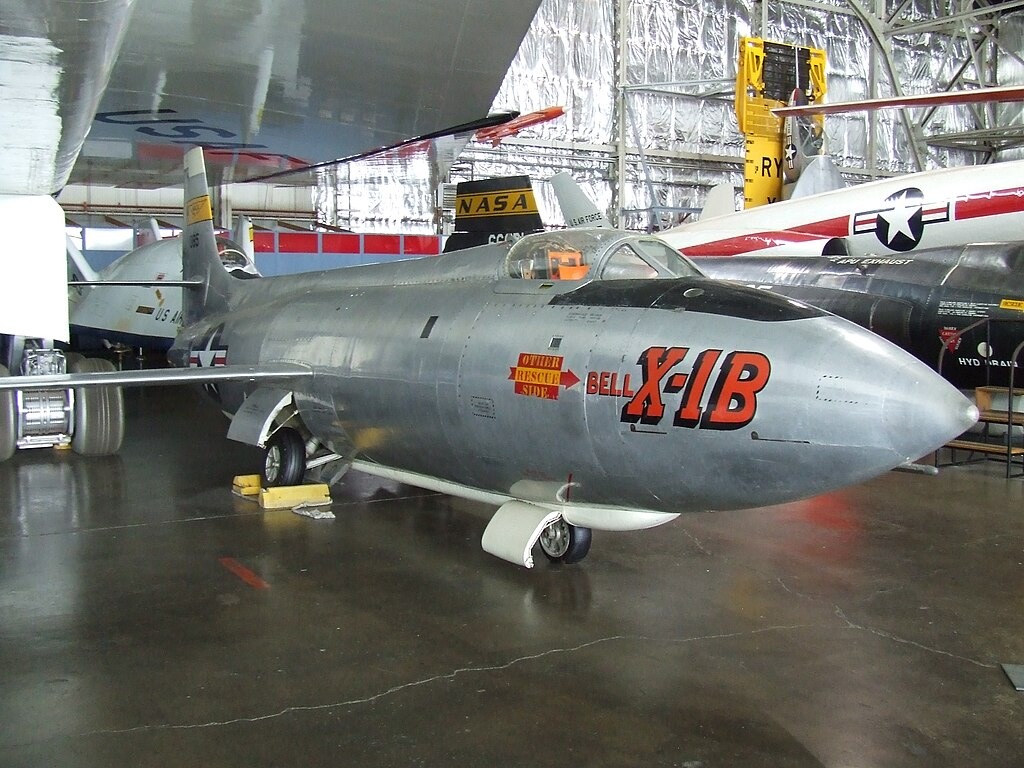
Early in the Cold War, the U.S. realized that it could not compete with the Soviet Union’s numbers, so instead it emphasized innovation, particularly in flight. Edwards Air Force Base in California was the hub of state-of-the-art flight testing. With Chuck Yeager flying the Bell X-1 through the sound barrier in 1947, something huge had begun. Soon, experimental planes such as the Bell X-2 and the X-15 were venturing into hypersonic ranges. The X-15, specifically, hit speeds of Mach 6.7 and flew to the limits of space. These flights weren’t merely about breaking records—they were gathering crucial data that would define the future of aerospace design and performance.
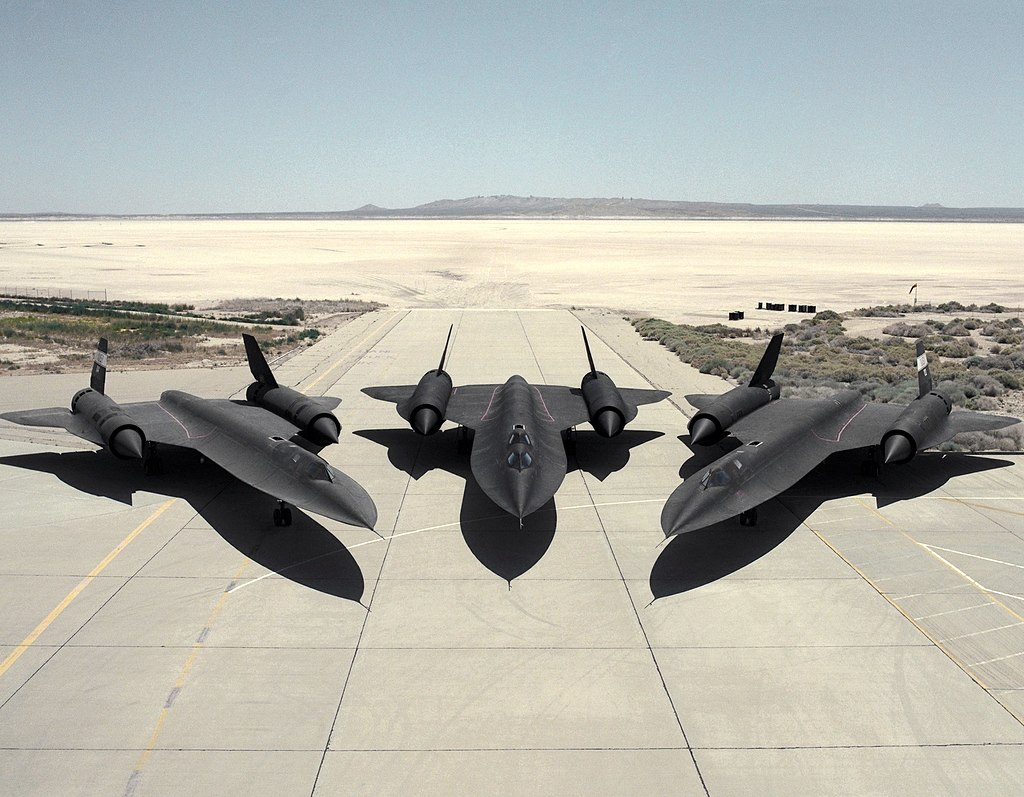
A lot of this was fueled by the jet engine. It enabled the production of aircraft such as the F-100 Super Sabre, the first to supersonic speed in straight flight. Visionaries such as Lockheed’s Kelly Johnson pushed the envelope further, creating slender machines such as the F-104 Starfighter and the iconoclastic SR-71 Blackbird. First flown in 1964, the SR-71 was able to fly at Mach 3 and cruise at over 85,000 feet—well out of reach of hostile interceptors or missiles. It even established a cross-country speed record, traveling from Los Angeles to Washington, DC in a little more than an hour. To be able to survive conditions as extreme as those at such heights, its pilots wore pressure suits—functional space suits—emphasizing how far the U.S. had traveled in the pursuit of speed.
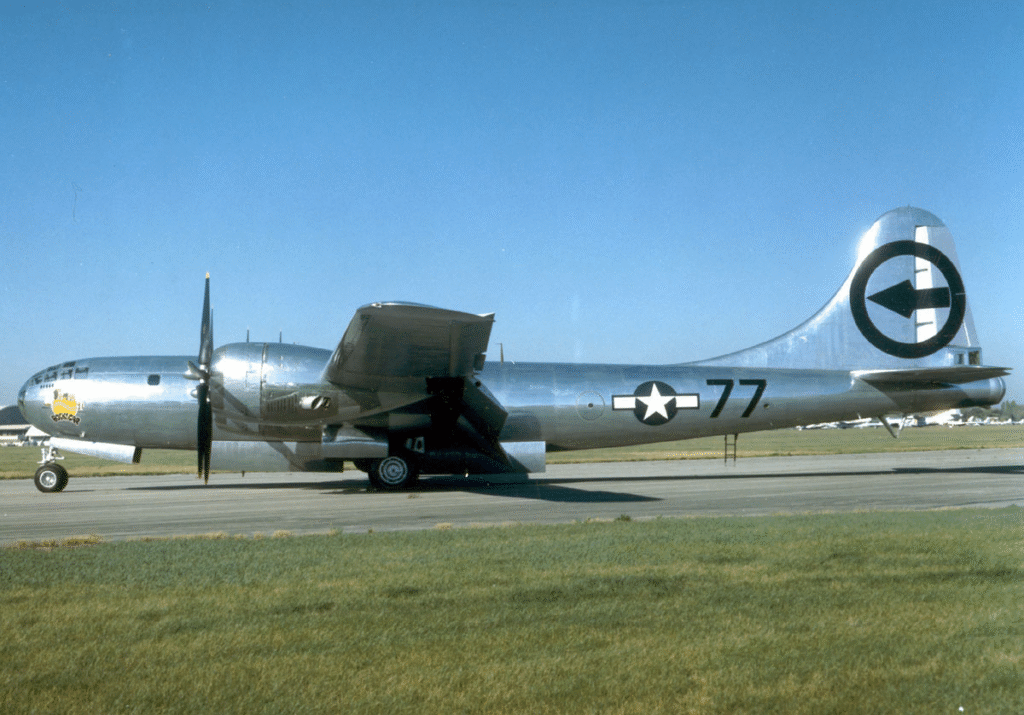
But the competition was not only in the air. The creation of intercontinental ballistic missiles, or ICBMs, radically altered the face of warfare. Consider this: the B-29 bomber that dropped the first atomic bomb flew at about 220 mph and took hours to reach its target. By contrast, ICBMs could deliver a nuclear payload across the globe in under an hour. The Titan I missile, introduced in the early 1960s, could travel more than 6,000 miles at speeds of up to Mach 21. Subsequent designs, such as the Peacekeeper, had multiple warheads, which amplified their destructive capability.

As the Cold War wound down, speed gave way to maneuverability and versatility in contemporary fighter aircraft. But the quest for speed didn’t evaporate—it just relocated to a new frontier: hypersonic weaponry. Hypersonic refers to speeds over Mach 5, or five times sound. But as Stockholm International Peace Research Institute (SIPRI) researchers note, it isn’t always easy to define hypersonic. The speed of sound changes with altitude and temperature, and once you’re working at the boundary of space, Mach numbers no longer apply. What truly separates hypersonic weapons from the rest is their capacity to travel at extreme velocities while continuing to maneuver within Earth’s atmosphere.

There are two main categories of hypersonic weapons: hypersonic cruise missiles and hypersonic glide vehicles. Cruise missiles utilize engines such as scramjets or ramjets to propel themselves at hypersonic speeds during flight. Glide vehicles are boosted by rockets and then glide back into the atmosphere, flying high-speed, unpredictable trajectories to their targets. This renders them extremely challenging for existing missile defense systems to detect or intercept.

It should be added that older ballistic missiles—such as the German V-2 or contemporary ICBMs—also have hypersonic speeds, particularly on reentry. But they travel quite predictable trajectories. Hypersonic weapons are not the same: their speed combined with their maneuverability makes them much more difficult to defend against.
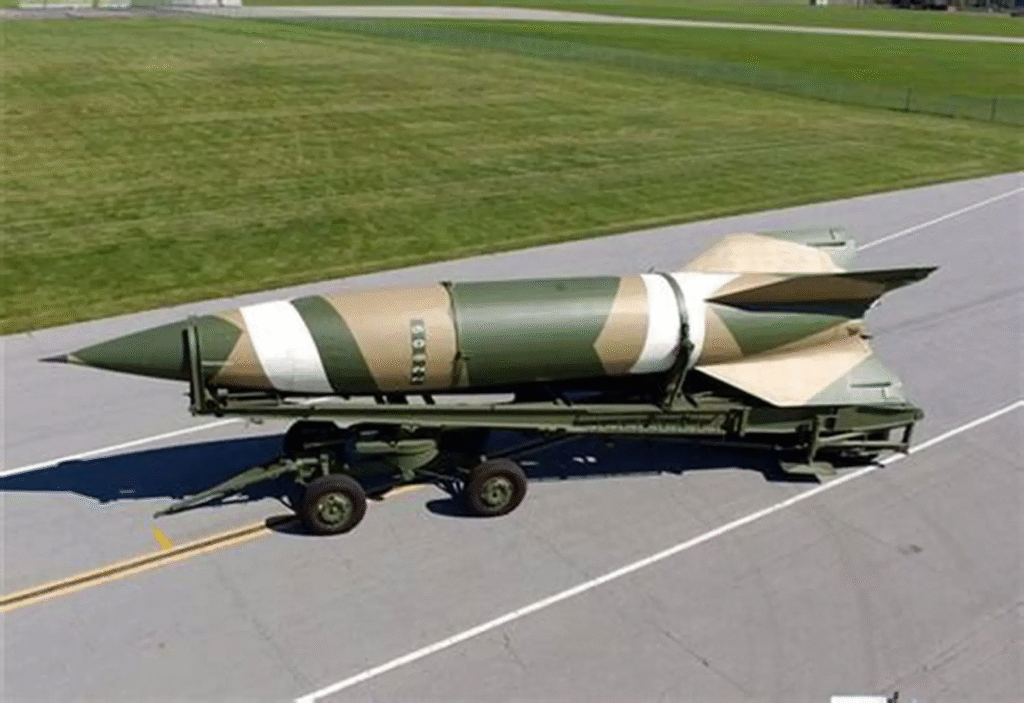
Creating stable hypersonic weapons is a gargantuan engineering task. Traveling at such high velocities through the air causes immense friction and heat to build up, creating a plasma cloud around the craft. Not only does it place strain on the structural integrity of the missile, but it also disrupts communications and guidance systems. Sensors must function on their own since outside signals can’t always penetrate. Another challenge is propulsion—sustaining a scramjet engine’s smooth burn at hypersonic velocities over thousands of miles remains one of aerospace engineering’s most challenging dilemmas.
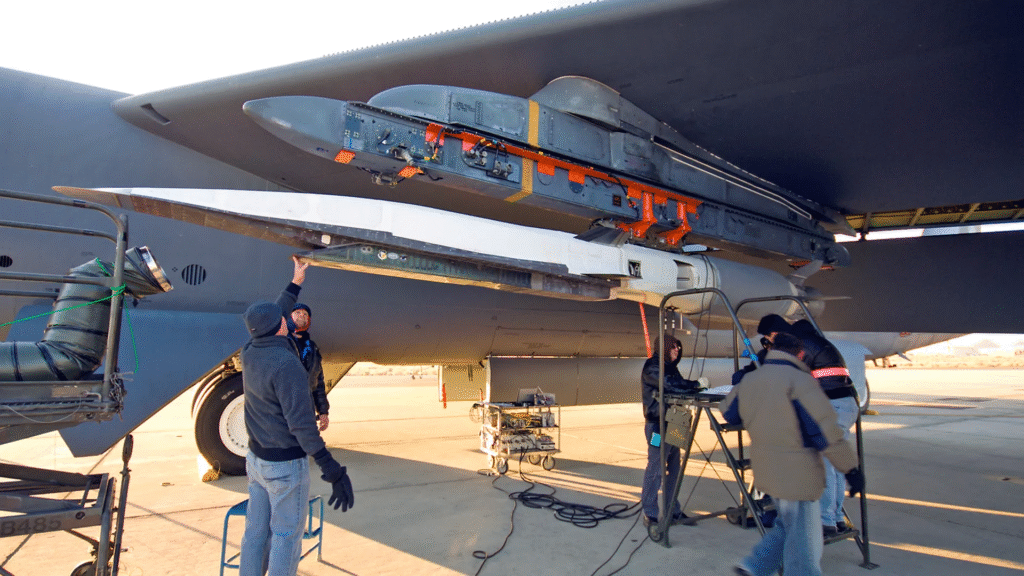
Even the most promising test vehicles, such as the U.S. Air Force’s X-51A Waverider, have struggled with sustaining flight at high speeds with a useful weapons payload. It all must be lightweight yet strong enough to withstand the harsh heat and pressure of flight.
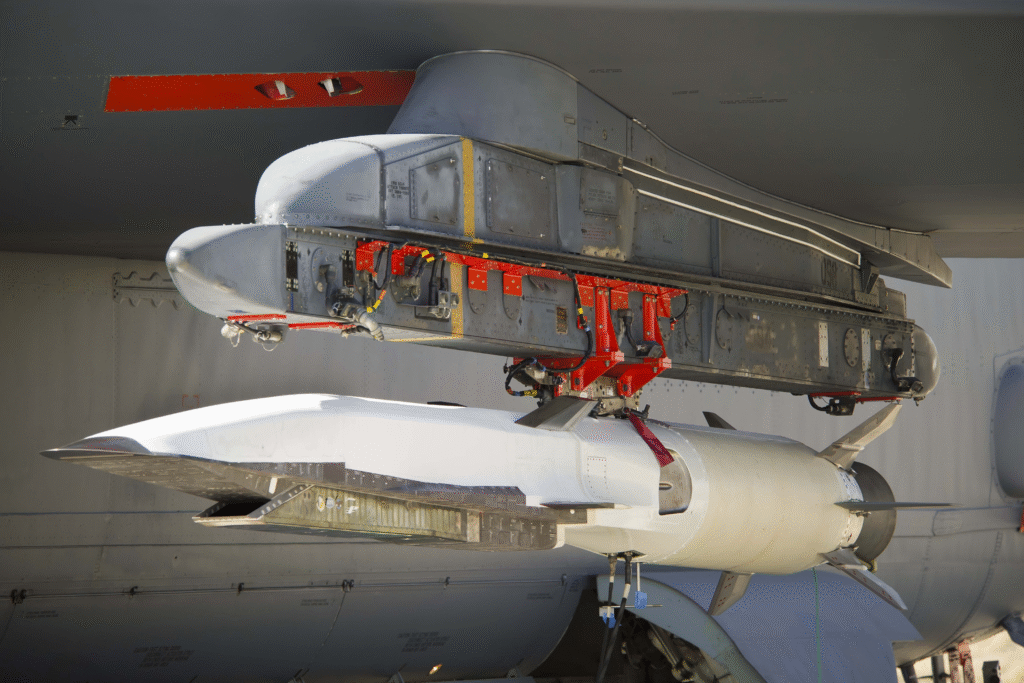
Strategically, hypersonic weapons are a game-changer. Their agility and speed reduce the window of decision-making for political and military leaders, increasing the stakes in any given conflict. Defense systems are already having a difficult time keeping up with conventional ballistic missiles—hypersonic threats just make things even more complicated. With America, Russia, China, and others pouring billions into hypersonic research, it’s obvious that the speed race is still going strong, just in a different way.
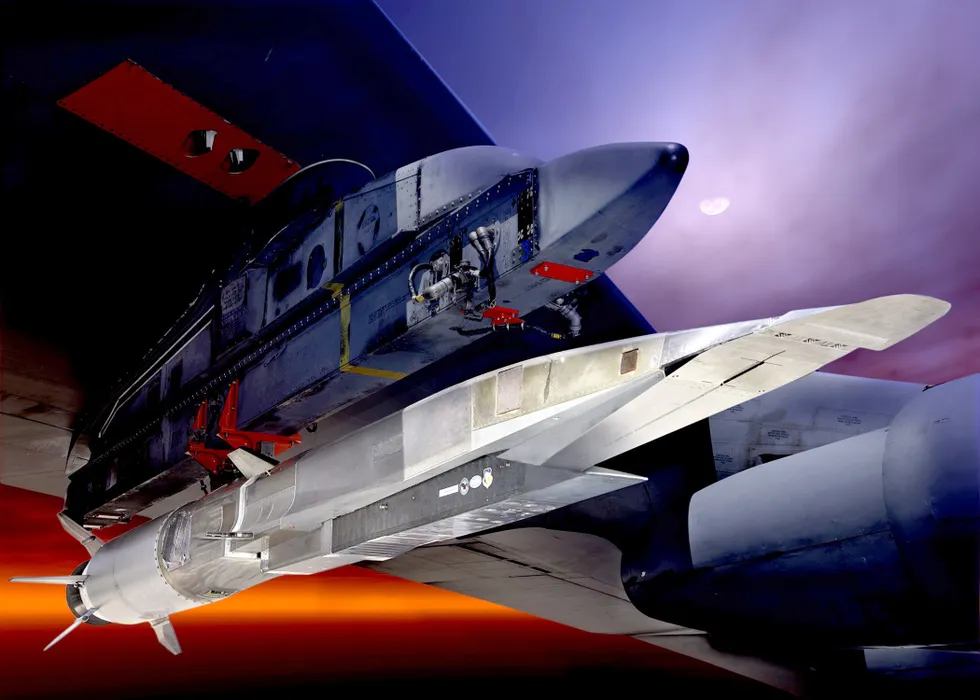
From cavalry charges to Cold War spy planes to next-generation missiles, speed has always dictated how wars have been waged. It fuels innovation, remakes strategies, and more often than not decides who is on top. As we move into an age characterized by hypersonic technology, one thing has not changed: speed is still a badge of power—and a force that continues to define warfare’s future.


